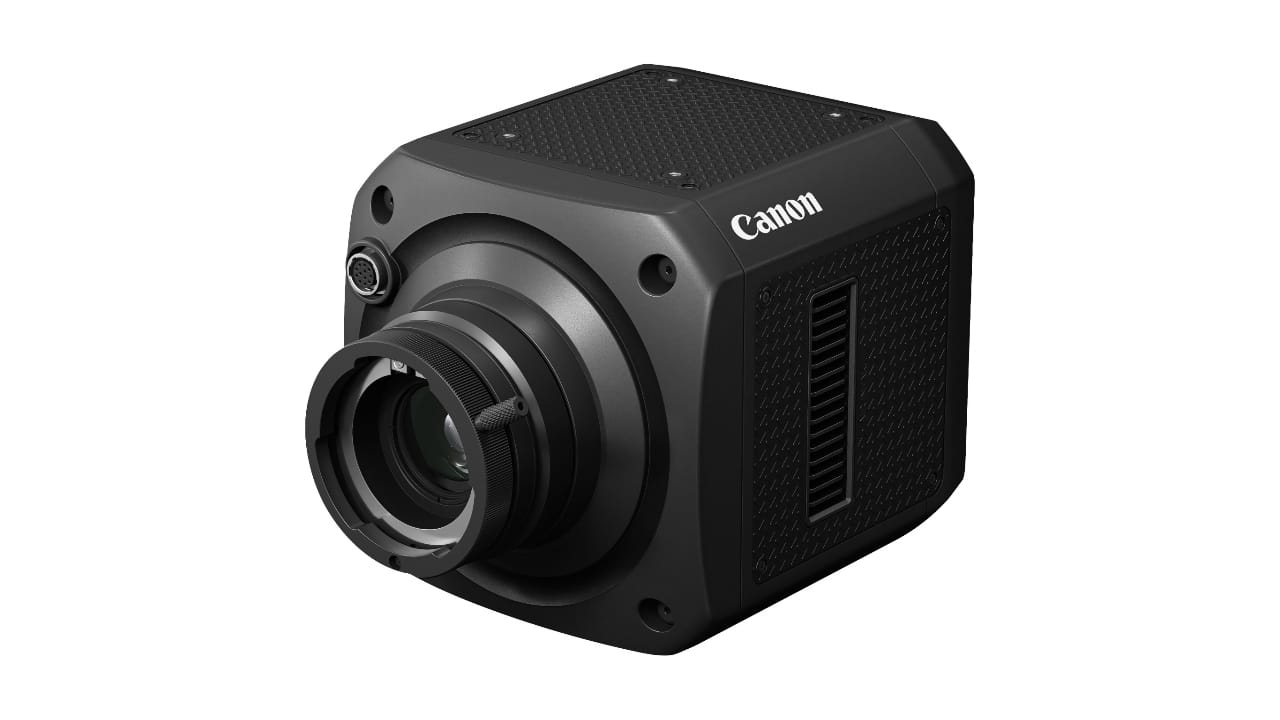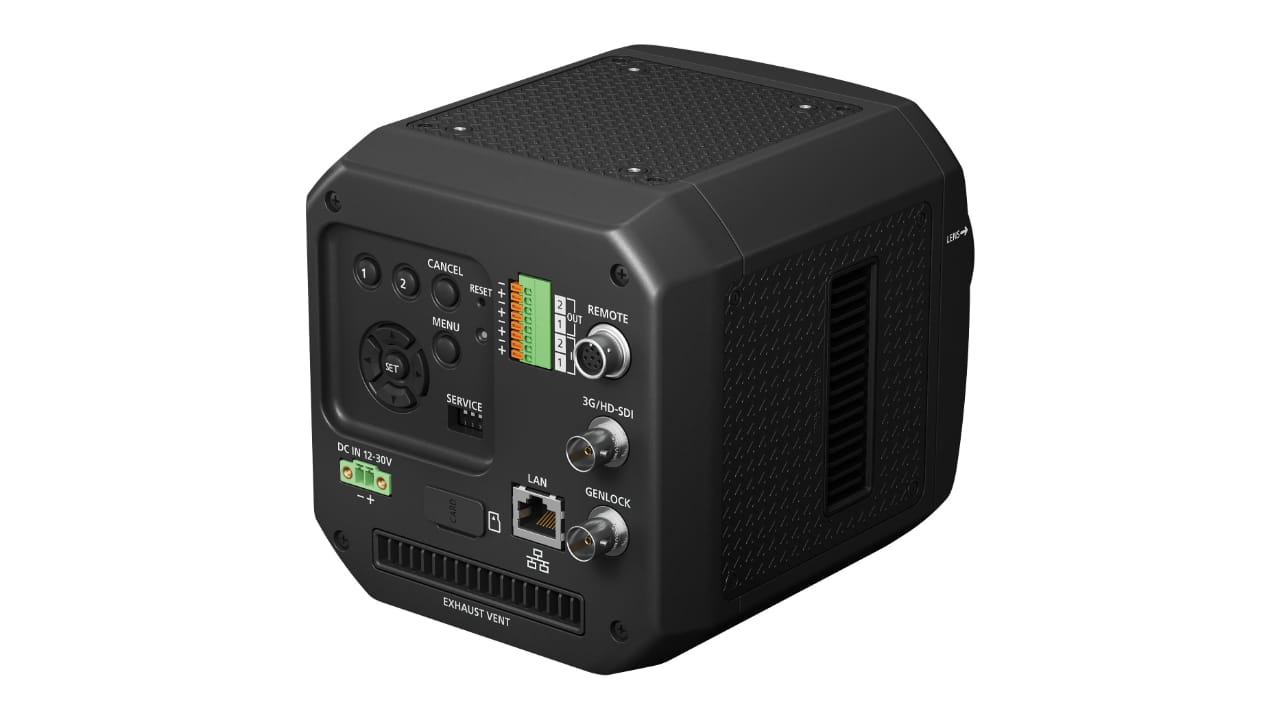
The new Canon MS-500 can resolve subjects in colour at distances of several miles even at night. It’s aimed at high-level security work but could well find more creative uses.
The Canon MS-500 was quietly unveiled earlier this year and is a curious beast that harnesses some interesting new developments in image sensing technology with ultra-telephoto broadcast lenses to give some impressive new surveillance capabilities.
Not only is it the world’s first ultra-high-sensitivity camera equipped with a Single Photon Avalanche Diode (SPAD) sensor, but also features the highest SPAD pixel count to date on its 3.2 megapixels 1-inch sensor.
SPADs have been around for a while now, but this is the first time one has been broken out and used commercially in such a high-profile camera.
The sensor used a tech called photon counting which counts the photons that enter a pixel. These are converted to an electric charge and amplified approximately one million times and extracted as digital signals, making detecting even small amounts of light possible. In addition, every single one of these photons is digitally counted, prohibiting the introduction of additional noise during signal readout—a key advantage of SPAD sensors.
Canon says that this enables clear colour video shooting even in a 0.001 lux low-light environment.
All of which is very good, but the camera adds two more things to a) make it unique and b) possibly pique the interest of pretty much every major wildlife production currently setting up shop (not to mention the odd reality TV programme given the ongoing writers and actors strike).

First, the MS-500 has a built-in, industry-standard B4 bayonet lens mount which allows operators to utilize Canon’s extensive lineup of broadcast lenses, which have already been developed to resolve far away fast moving objects in sports broadcasting etc.
Second, it features some neat software to clean up what images the SPAD sensor spits out.
“The effect of noise and atmospheric turbulence, particularly in dark environments, may cause issues with video resolution, especially in long-range surveillance applications,” writes Canon. "To help mitigate this occurrence, CrispImg2, a Custom Picture preset mode that optimizes resolution and contrast while suppressing image noise, is a standard setting in the custom picture menu. Users can also create their own custom picture profiles to adjust and save image quality settings according to various shooting environments.”
This basically enables users to shoot high-visibility videos at virtually any time of day or night. The camera also includes Haze Compensation, and Smart Shade Control features that help reduce the effects of haze and mist while automatically adjusting contrast and image brightness.
It’s not cheap. The Canon MS-500 SPAD Sensor Camera is scheduled to be available in September 2023 for an estimated retail price of $25,200. But though the camera’s launch materials aim firmly at the security market, we definitely wouldn’t be surprised to see it getting used in the video industry.
Tags: Production Cameras


Comments